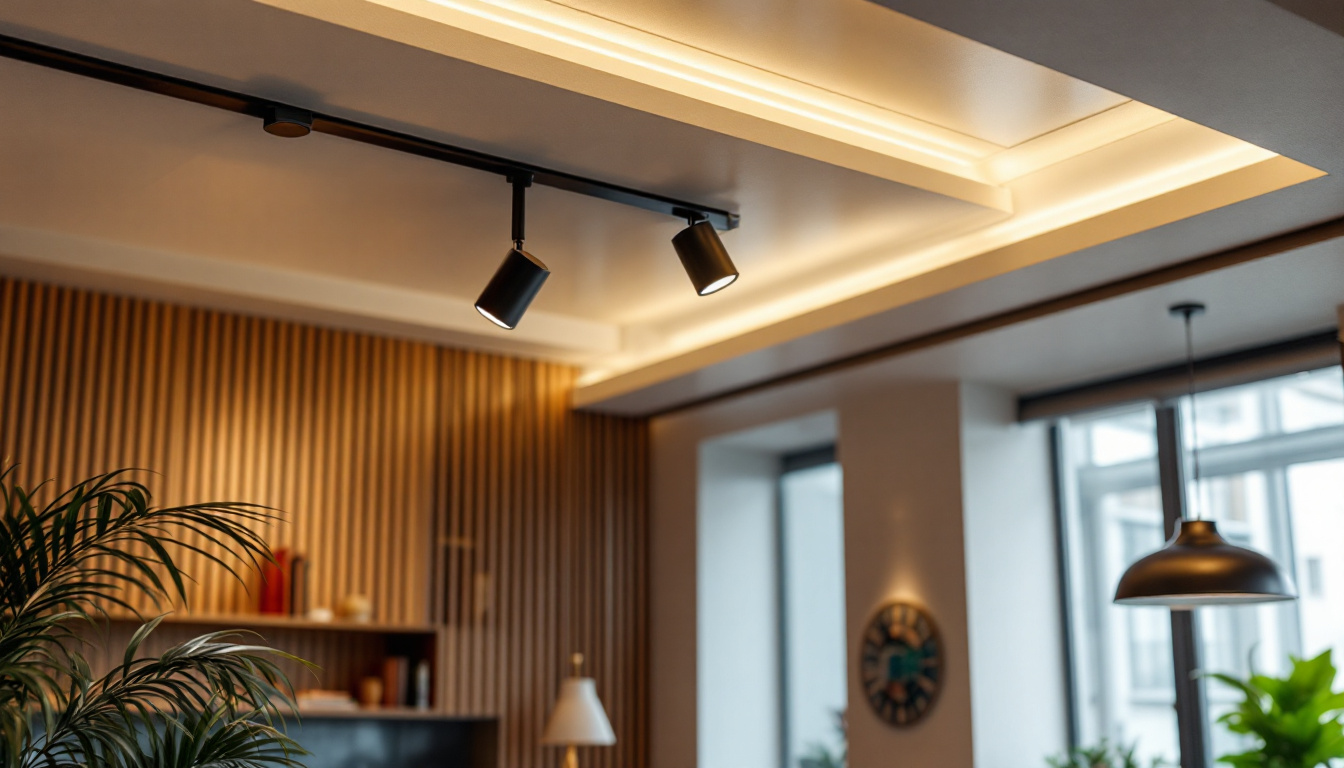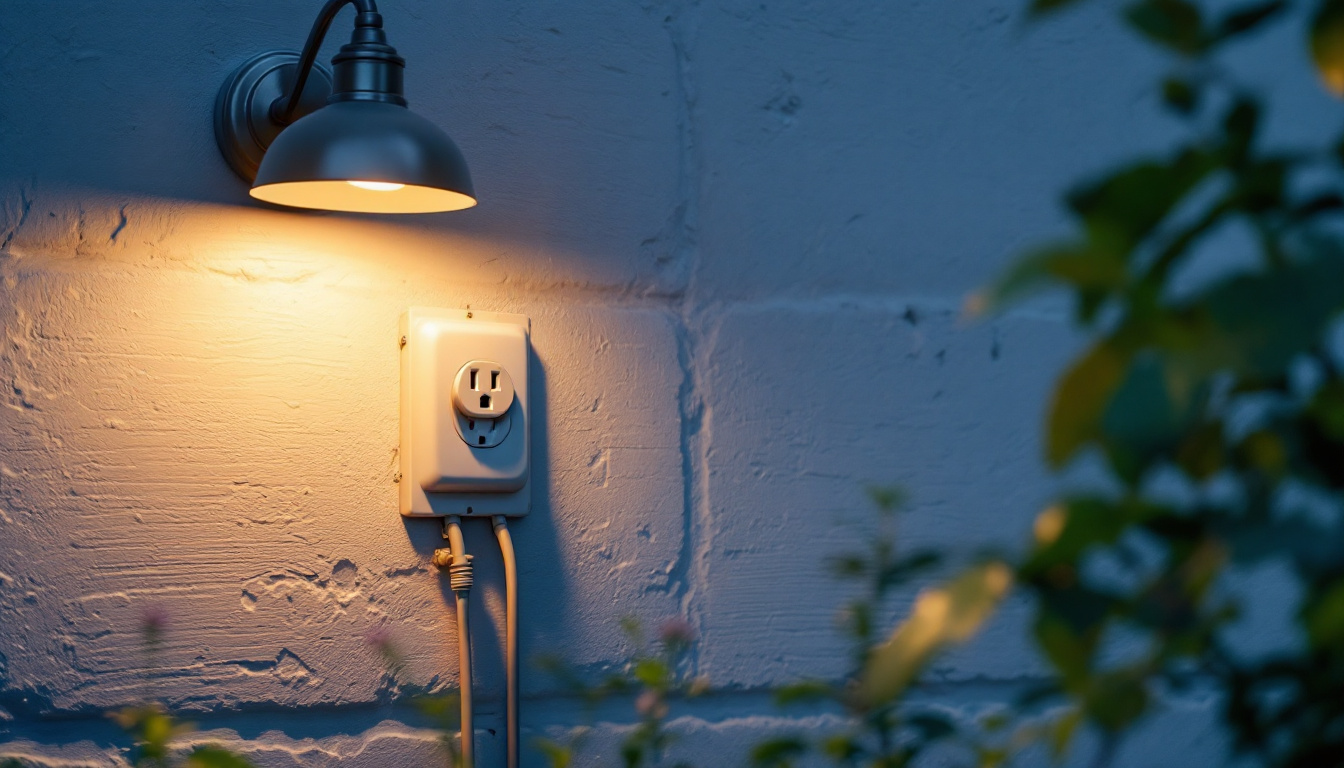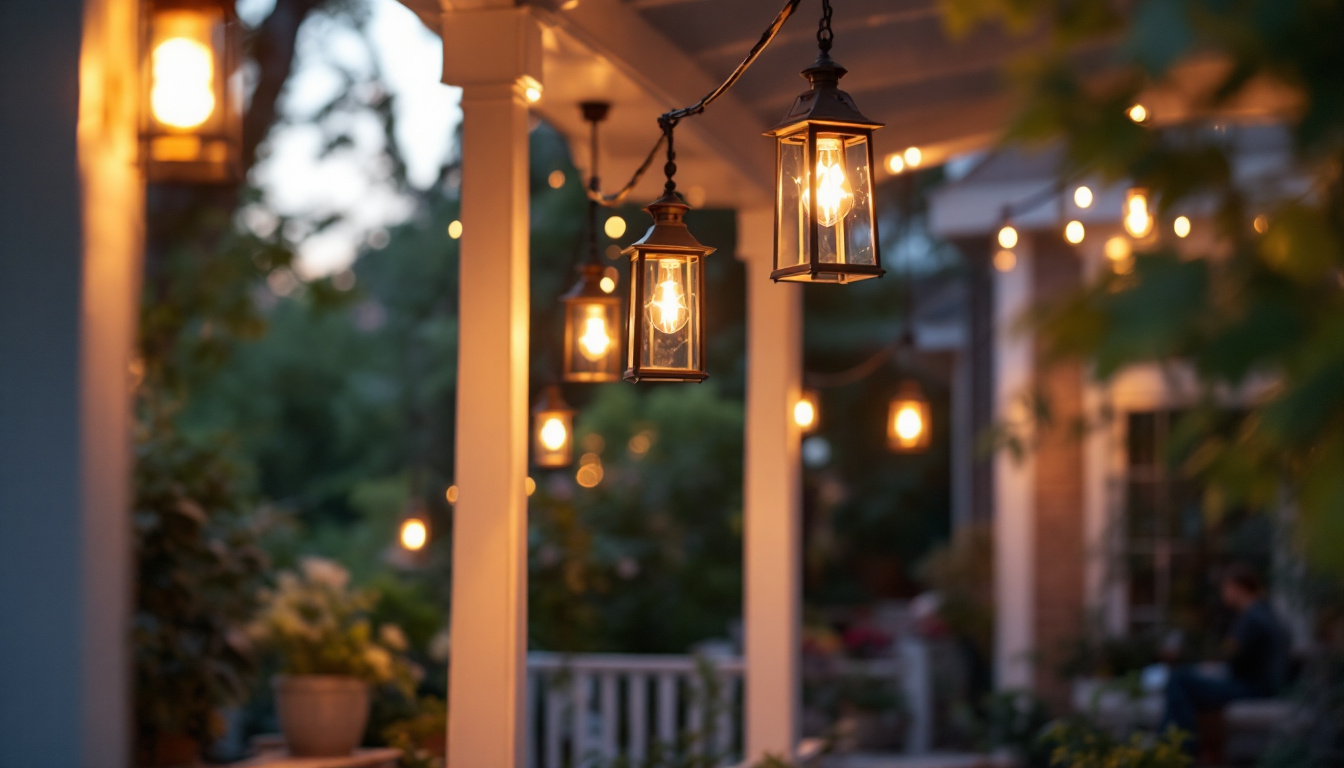
Lighting plays a crucial role in the aesthetics and functionality of any space. For lighting contractors, understanding the nuances of lowered ceiling lighting is essential. This article explores best practices that can enhance the effectiveness and appeal of lowered ceiling lighting installations.
Lowered ceiling lighting, often referred to as recessed lighting, is a popular choice in modern interior design. It involves installing light fixtures into the ceiling, creating a clean and streamlined look. This method not only saves space but also allows for a variety of lighting effects, from ambient to task lighting.
One of the primary benefits of lowered ceiling lighting is its ability to create an illusion of height in a room. By keeping the light fixtures flush with the ceiling, the space feels larger and more open. Additionally, this type of lighting can highlight architectural features or artwork, adding depth and interest to the overall design.
There are several types of lowered ceiling lighting options available, each serving different purposes and styles. Understanding these can help contractors make informed decisions when advising clients.
When installing lowered ceiling lighting, several factors must be considered to ensure optimal performance and aesthetics. These include the type of fixture, the height of the ceiling, and the purpose of the lighting.
For instance, in spaces with lower ceilings, it is crucial to choose fixtures that do not protrude significantly. Additionally, the spacing between lights should be calculated based on the room’s dimensions to avoid dark spots or overly bright areas.
Moreover, the choice of bulb can greatly influence the overall ambiance of the space. LED bulbs are becoming increasingly popular due to their energy efficiency and long lifespan, while incandescent bulbs may provide a warmer glow. Dimming options can also enhance versatility, allowing homeowners to adjust the lighting according to the time of day or specific activities, such as entertaining guests or enjoying a quiet evening at home. Furthermore, integrating smart lighting technology can provide added convenience, enabling users to control their lighting through mobile devices or voice commands, thus elevating the functionality of lowered ceiling lighting.
Another essential aspect to consider is the color temperature of the lighting, which can dramatically affect the mood of a room. Warmer tones (around 2700K) create a cozy and inviting atmosphere, making them ideal for living rooms and bedrooms, while cooler tones (above 4000K) are better suited for workspaces or kitchens where clarity and focus are paramount. By carefully selecting the right type of lowered ceiling lighting and its associated features, homeowners can achieve a harmonious balance between aesthetics and practicality in their living spaces.
A well-planned lighting layout can dramatically enhance the effectiveness of lowered ceiling lighting. Before installation, lighting contractors should assess the space and determine the best configuration for the fixtures.
Accurate measurements are vital when planning the layout. Contractors should measure the dimensions of the room and mark the locations of the fixtures accordingly. A general rule of thumb is to space recessed lights about 4 to 6 feet apart, depending on the fixture’s wattage and beam spread.
Marking the locations on the ceiling can help visualize the final look and make adjustments easier before drilling. Using a chalk line can create straight lines for alignment, ensuring that the fixtures are evenly spaced and aesthetically pleasing. Additionally, it may be beneficial to consider the height of the ceiling when determining fixture placement; higher ceilings may require more powerful fixtures or a different spacing strategy to achieve the desired illumination level.
The intended use of the space will heavily influence the lighting layout. For example, in a kitchen, task lighting should be prioritized over ambient lighting, while a living room may require a mix of both.
Identifying focal points, such as artwork or architectural features, can also guide the placement of accent lighting. This strategic approach not only enhances functionality but also contributes to the overall ambiance of the space. Moreover, understanding the color temperature of the bulbs can further refine the lighting design; warmer tones can create a cozy atmosphere in living areas, while cooler tones are often more appropriate for workspaces, promoting alertness and focus.
Furthermore, it’s essential to consider the flexibility of the lighting design. Incorporating dimmers or smart lighting controls allows for adjustments based on the time of day or specific activities, enhancing the versatility of the space. This adaptability can be particularly beneficial in multi-functional areas, where the needs of the occupants may change throughout the day, requiring different lighting setups to suit various moods and tasks.
The selection of fixtures is a critical aspect of any lowered ceiling lighting project. The right fixtures can elevate the design and functionality of a space, while poor choices can detract from it. It is essential to consider not only the aesthetic appeal but also how the fixtures will interact with the architecture and layout of the room. For instance, strategically placed fixtures can highlight architectural features or artwork, creating focal points that draw the eye and enhance the overall ambiance.
In today’s eco-conscious world, energy efficiency is a significant consideration. LED fixtures are increasingly popular due to their longevity and low energy consumption. They also produce less heat, reducing the load on HVAC systems. This is particularly beneficial in commercial settings where energy costs can be substantial. By choosing energy-efficient options, businesses can not only lower their utility bills but also contribute to a more sustainable environment.
Contractors should be aware of the different wattages and lumens available in LED options to ensure that clients receive adequate lighting without excessive energy costs. Additionally, dimmable LED fixtures can provide flexibility in lighting levels, allowing for customization based on the time of day or activity. This adaptability is particularly useful in multi-purpose spaces, where lighting needs may vary significantly throughout the day. Moreover, incorporating smart lighting controls can further enhance energy savings and convenience, allowing users to adjust settings remotely or set schedules for automatic adjustments.
Beyond functionality, the style of the fixtures should align with the overall design theme of the space. From sleek and modern to vintage and ornate, there are countless options available. Contractors should consider the existing décor and color schemes when recommending fixtures to clients. For example, in a contemporary setting, minimalist fixtures with clean lines might be the best fit, while in a rustic environment, fixtures with a more textured or handcrafted appearance could enhance the charm of the space.
Furthermore, the finish of the fixtures—whether matte, polished, or brushed—can impact the room’s overall look. A cohesive design approach will ensure that the lighting complements the space rather than clashes with it. Additionally, the size and scale of the fixtures should be taken into account; oversized fixtures can make a bold statement in a large room, while smaller, more delicate designs may be better suited for intimate spaces. The interplay of light and shadow created by the fixtures can also add depth and dimension, transforming an ordinary room into a visually captivating environment.
Proper installation techniques are essential for achieving the best results with lowered ceiling lighting. Contractors should follow industry standards and best practices to ensure safety and performance.
Before installation begins, it is crucial to assess the electrical system of the building. Ensuring that the wiring can support the new fixtures is vital to prevent overloading circuits. Additionally, using the appropriate gauge wire for the wattage of the fixtures is essential for safety.
Contractors should also consider the placement of switches and dimmers. Strategically placing these controls can enhance the user experience and provide greater flexibility in lighting options.
Safety should always be a priority during installation. Contractors should wear appropriate personal protective equipment and ensure that the power is turned off at the circuit breaker before beginning any electrical work.
Furthermore, following local building codes and regulations is crucial to avoid potential hazards and ensure compliance. This includes adhering to guidelines regarding the spacing of fixtures, wiring methods, and the use of insulation around electrical components.
Once the lowered ceiling lighting is installed, ongoing maintenance is necessary to ensure optimal performance and longevity. Contractors should educate clients on proper care and maintenance practices.
Dust and debris can accumulate on light fixtures over time, diminishing their effectiveness. Regular cleaning of the fixtures, including the bulbs, can help maintain brightness and clarity. Using a soft cloth and a gentle cleaning solution is recommended to avoid damaging the finish.
Additionally, clients should be informed about the importance of replacing burnt-out bulbs promptly. This not only ensures consistent lighting but also prevents strain on the electrical system.
As technology advances, upgrading fixtures can enhance energy efficiency and functionality. Contractors should stay informed about the latest lighting trends and innovations, such as smart lighting systems that allow for remote control and automation.
Encouraging clients to consider upgrades can lead to improved satisfaction and a better overall lighting experience. Offering maintenance services or check-ins can also foster long-term relationships with clients.
Lowered ceiling lighting presents a unique opportunity for lighting contractors to enhance the beauty and functionality of spaces. By understanding the various types of fixtures, planning layouts carefully, and following best practices for installation and maintenance, contractors can deliver exceptional results that meet the needs of their clients.
Staying informed about industry trends and innovations will further empower contractors to provide valuable insights and recommendations. Ultimately, the goal is to create spaces that are not only well-lit but also reflect the style and preferences of the individuals who inhabit them.
Incorporating these best practices into every project can lead to successful installations and satisfied clients, establishing a reputation for excellence in the competitive field of lighting design.
Ready to take your lowered ceiling lighting installations to the next level? At LumenWholesale, we provide lighting contractors like you with the highest quality, spec-grade lighting products at unbeatable wholesale prices. Say goodbye to local distributor markups and hello to a vast selection of reliable lighting solutions that meet rigorous industry standards. Plus, with free shipping on bulk orders, you can stock up on premium lighting without any hidden fees or compromises. Elevate your lighting game and give your clients the exceptional results they deserve. Wholesale Lighting at the Best Value is just a click away.

Discover essential information about exterior receptacle boxes tailored for lighting contractors.

Discover the transformative impact of outdoor hanging porch lanterns through real-world success stories from lighting contractors.

Discover essential insights into 4-foot LED lights tailored for lighting contractors.

Discover the essential insights lighting contractors need to meet client expectations regarding timer light switches.